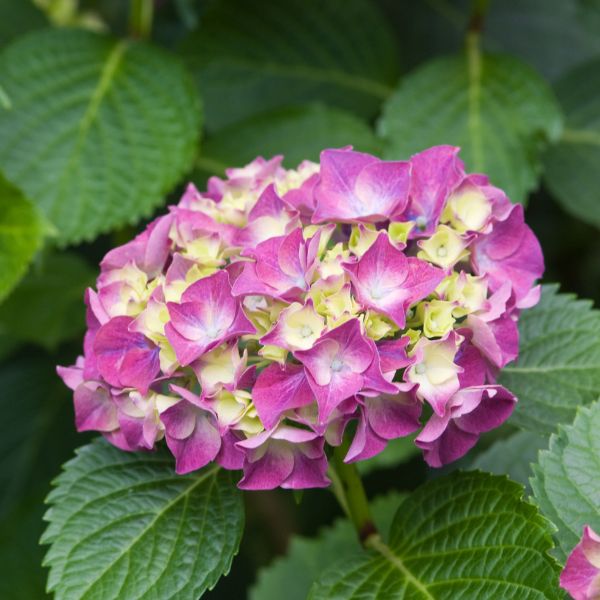
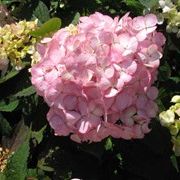
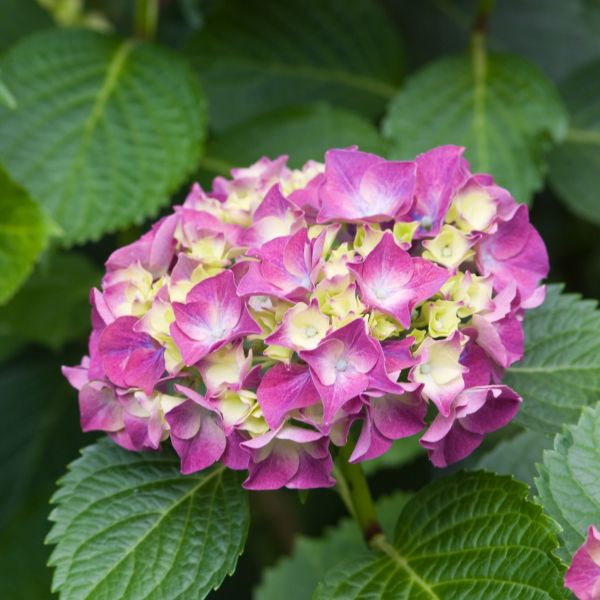
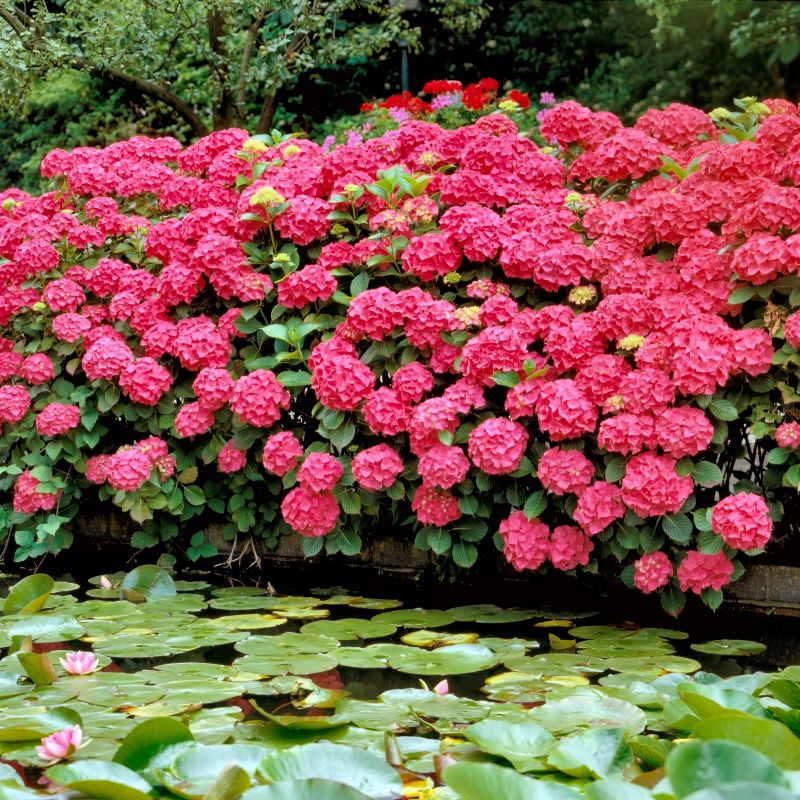
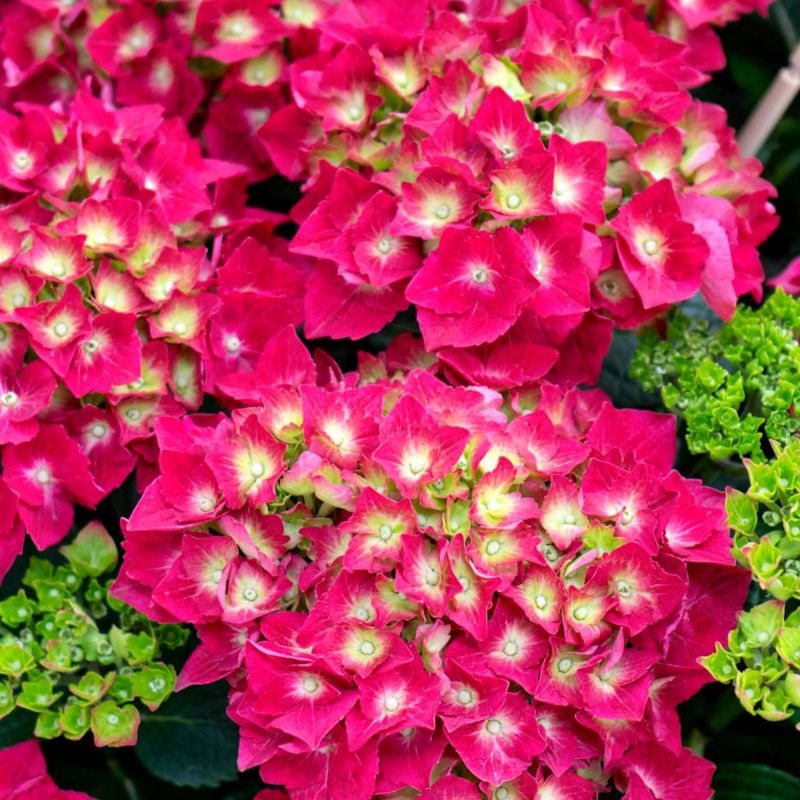
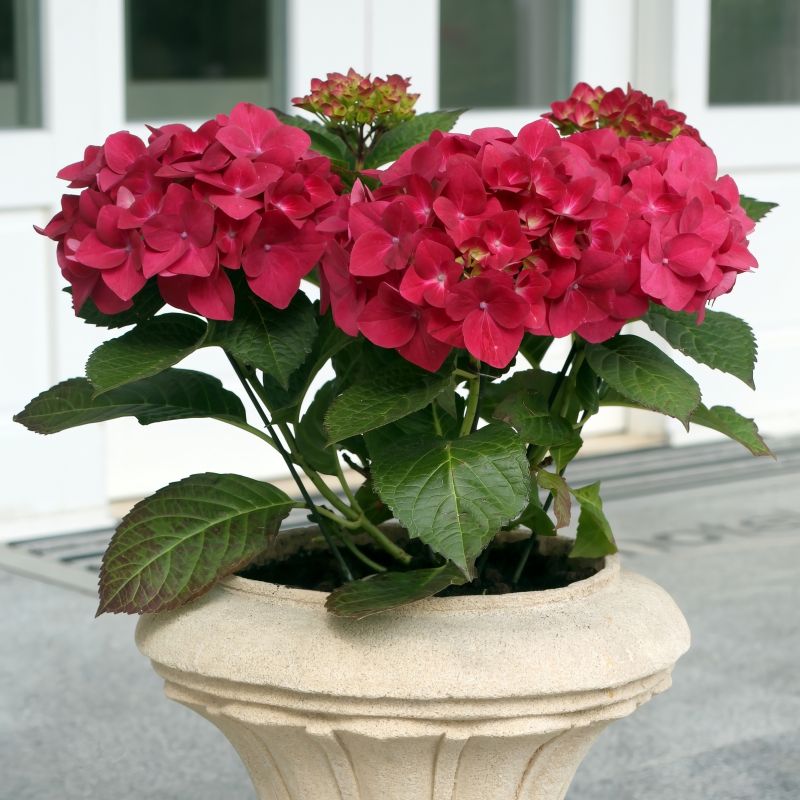
Glowing Embers Hydrangea
Hydrangea macrophylla 'Glowing Embers'
88 reviews
Glowing Embers Hydrangea
Hydrangea macrophylla 'Glowing Embers'
88 reviews
- Breathtaking shades of purple, burgundy, and pink blooms
- Tolerant of most soil types and able to withstand full sun or partial shade
- Long-lasting flowers that bloom from mid-summer to fall
- Recommended by landscape designers for optimal fit in real yards
$70.00
$100.00
30% Off
- Ships to in 7-10 Days
- Free Shipping Over $150
- Plant Arrival Guarantee
- In Stock
- Free Plant Consult
$200 - Landscape-Approved: Every Plant We Sell Comes With Design Expertise Behind It
1 Gallon
We are sorry, product is currently out of stock due to seasonal availability. Please check the "Related plants available in your area" section below
Not just beautiful - intentionally selected by ShrubHub's 3D landscape design team to fit real-world spaces and maximize yard potential.
Why Glowing Embers Hydrangea?
Glowing Embers Hydrangea is a popular flowering shrub known for its large, mophead blooms in shades of hot pink or vivid green, depending on soil acidity. It is a low maintenance plant that thrives in partially shady locations with well-draining soil. Glowing Embers also features dark green foliage that turns reddish-brown in autumn for added interest. These hydrangeas are perfect additions to any landscape or garden, adding a burst of color and beauty.
Sunlight
Glowing Embers Hydrangea prefers partial shade to full sun and can tolerate up to 4-6 hours of direct sunlight per day.
Watering
Glowing Embers Hydrangea has average watering requirements. It prefers moist soil but should not be overwatered. It is important to allow the soil to dry slightly between waterings to prevent root rot.
Fertilizing
Glowing Embers Hydrangea requires regular applications of a balanced slow-release fertilizer formulated for flowering shrubs.
The Glowing Ember Hydrangea, also known as Hydrangea macrophylla glowing embers, is a type of Hydrangea macrophylla. It has a compact and dense habit that makes it suitable for smaller gardens or as a shrub border.
The Glowing Ember Hydrangea can grow between 3 and 6 feet in height and a little more across. It has a green foliage of glossy pointy leaves. And it's distinctly known for its full and dense mophead flowers. Usually, hydrangea ranges in color from a deep rose-red to a rich burgundy-purple depending on the soil ph. More acidic soil produces bluer flowers and more alkaline soils produce pinker flowers.
However, the Glowing Embers Hydrangea is a special, stable color form of the mophead hydrangea, that will hold its gorgeous pink color in all kinds of soil. The flowers start with greenish-white and gradually change until they reach their brand mark glowing deep pink.
This hydrangea grows best in moist, well-drained soil enriched with organic matter. Watering and keeping the soil evenly moist is very important Glowing Embers are sensitive to drought-like conditions and will wilt when dry. Mulching is recommended to preserve moisture, but it tolerates the full sun, a strange condition when compared to the rest of its family. However, it grows best in partial shade.
Get yours today from Shurbhub to ensure your Glowing Embers is as healthy as could be!
Plant Information:
| Botanical Name: | Hydrangea macrophylla 'Glowing Embers' |
| USDA Zones: | 5 - 9 |
| Water: | Moderate |
| Exposure: | Full Sun |
| Soil Needs: | Widely Adaptable |
| Mature Height: | 2 - 3 feet |
| Mature Spread: | 3 feet |






Pollination Info
Pollination Information for Glowing Embers Hydrangea (Hydrangea macrophylla 'Glowing Embers')
Glowing Embers Hydrangea is a deciduous shrub that belongs to the Hydrangeaceae family. It is a relatively easy plant to grow and is popular for its showy pink to deep blue flowers which bloom in the mid to late summer.
Pollination for Glowing Embers Hydrangea is carried out by bees, butterflies and other pollinating insects. The plant produces nectar in the center of its flowers, which serves as a reward for the pollinators. The pollen of the plant is sticky and can cling to the pollinator's body, enabling it to transfer the pollen to other flowers.
It is important to note that Glowing Embers Hydrangea is not self-fertile, which means that it requires another plant of the same species nearby to produce a successful pollination. Therefore, it is recommended to plant multiple Glowing Embers Hydrangea plants in the same area to increase the chances of successful pollination and flower production.
Overall, Glowing Embers Hydrangea is a beautiful and valuable addition to any garden, providing an important source of food for pollinators.
FAQ
Glowing Embers Hydrangea (Hydrangea macrophylla 'Glowing Embers') FAQ
What is Glowing Embers Hydrangea?
Glowing Embers Hydrangea (Hydrangea macrophylla 'Glowing Embers') is a type of hydrangea plant that is known for its large showy blooms that change color throughout the season. It is a hardy deciduous shrub that is native to Japan.What are the characteristics of Glowing Embers Hydrangea?
Glowing Embers Hydrangea has large, mophead-type flowers that start out as deep pink or red and fade to green as they mature. The leaves are dark green and glossy, and the plant can grow up to 6 feet tall and wide. It blooms in mid-summer and requires partial shade and moist, well-drained soil.How do I plant Glowing Embers Hydrangea?
To plant Glowing Embers Hydrangea, choose a location that receives partial shade and has well-draining soil. Dig a hole that is as deep as the root ball and twice as wide, and place the plant in the hole. Backfill the hole with soil and water thoroughly. Add a layer of mulch around the base of the plant to help retain moisture.How often should I water Glowing Embers Hydrangea?
Glowing Embers Hydrangea requires moist, well-drained soil, so it is important to water regularly, especially during dry spells. Water deeply once or twice a week, depending on the weather and soil conditions.What is the best way to fertilize Glowing Embers Hydrangea?
To fertilize Glowing Embers Hydrangea, use a balanced fertilizer (10-10-10) once in the spring and once in the summer. Apply the fertilizer around the base of the plant and water thoroughly.How do I prune Glowing Embers Hydrangea?
Glowing Embers Hydrangea should be pruned in the late winter or early spring. Remove any dead or damaged wood, and cut back the previous year's growth to 2-3 buds to encourage new growth and a bushier shape.What are some common pests and diseases of Glowing Embers Hydrangea?
Glowing Embers Hydrangea is relatively pest and disease-resistant, but it can be susceptible to aphids, spider mites, and powdery mildew. To prevent these issues, keep the plant healthy and well-watered, and prune back any affected branches or leaves.Planting & Care
Planting and Care for Glowing Embers Hydrangea
Planting Instructions:
- Choose a planting location with well-draining soil and partial to full shade.
- Dig a hole twice as wide and as deep as the root ball of the hydrangea.
- Amend the soil with compost or peat moss to improve soil quality and drainage.
- Place the hydrangea in the hole and backfill with amended soil, gently packing it down around the root ball.
- Water thoroughly.
Care Instructions:
- Water deeply once a week, or more often during hot, dry weather.
- Apply a balanced fertilizer in early spring and again in mid-summer.
- Mulch around the base of the hydrangea to retain moisture and suppress weeds.
- Prune in late winter or early spring to remove dead wood and shape the plant.
- Protect from frost damage by covering the plant with burlap or frost cloth when temperatures drop below freezing.
- Remove spent blooms to encourage new growth and flowering.
Tips:
- Use a soaker hose or drip irrigation system to water deeply and evenly, avoiding wetting the foliage to prevent fungal disease.
- Monitor the soil moisture and adjust watering frequency as needed, taking into account rainfall and humidity.
- Consider using a pH test kit to monitor the acidity of the soil, as hydrangeas prefer a slightly acidic soil (pH 5.5-6.5).
- Apply a layer of organic mulch, such as shredded bark or leaves, to improve soil fertility and moisture retention.
- Avoid pruning in late summer or fall, as this can remove flower buds and reduce blooming the following season.
Check Out These Verified Customer Reviews:
Customer Reviews
4.7 out of 5 based on 88 reviews
Thank you! Your review has been submitted.
Healthy and vibrant.
Fast shipping!
Great quality product.
Item has been added to your cart.


